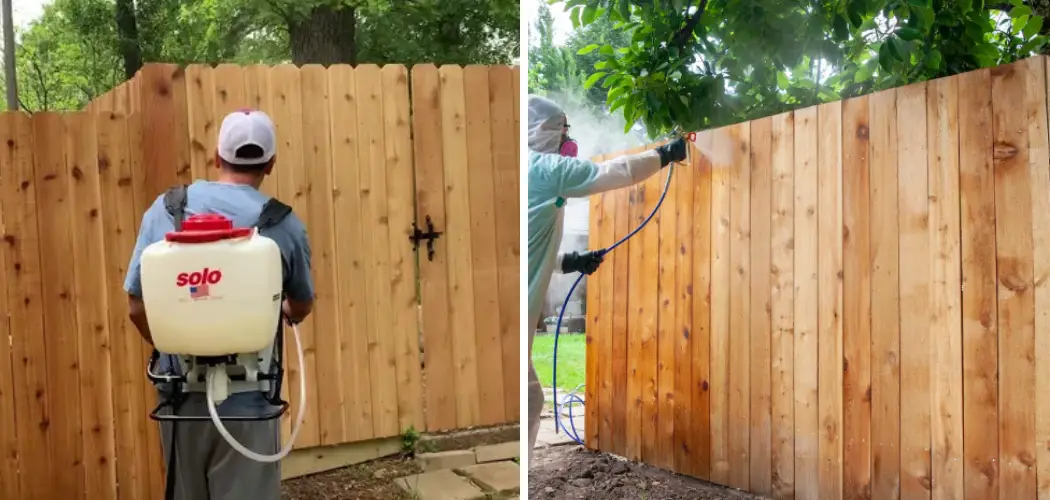Are you looking for ways to protect and maintain your wood fence for years to come? One of the best ways to do so is by sealing it regularly. Sealing your wood fence helps to repel water, prevent warping, cracking, and fading caused by the sun, and keep insects and rot at bay. In this blog post, we’ll take you through a step-by-step process on how to seal your wood fence so you can enjoy all the benefits of a beautiful and long-lasting fence.
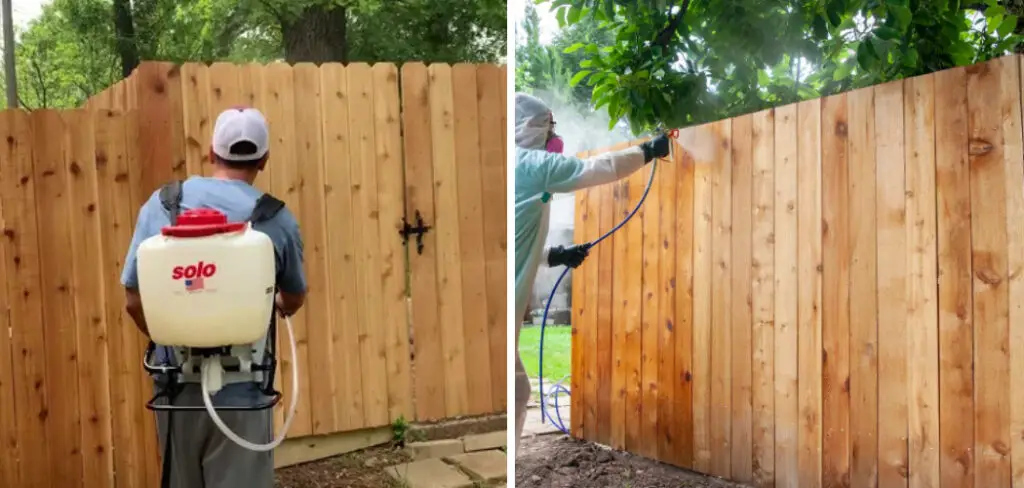
Can You Seal Your Wood Fence?
Sealing is a popular option among homeowners when protecting your fence from the elements. Not only does it provide a layer of defense against the harsh effects of weather, but sealing can also enhance the natural beauty of the wood. Sealing your fence can help prevent warping, cracking, and discoloration and can even prolong the life of your fence.
But while it may sound like a quick and easy fix, it’s important to note that sealing should only be done after the fence has been thoroughly cleaned and dried. And, like any home improvement project, selecting the right type of sealer and applying it correctly can make all the difference in the end result. So give your fence some TLC and seal away for a beautiful, protected fence that lasts.
Why Should You Seal Your Wood Fence?
Wood fences are a popular choice for residential and commercial properties alike, providing a classic look that can enhance the curb appeal of any property.
However, if you have a wood fence, protecting it from the elements is important. Unsealed wood fences can warp, crack, and rot over time, reducing their lifespan and requiring costly repairs or replacement. Fortunately, sealing your wood fence can help extend its lifespan and protect it from damage caused by weather, pests, and other factors. Investing in a high-quality wood fence sealer ensures that your fence stays in top condition for years to come, all while adding an extra layer of protection to your property.
From enhancing the natural beauty of the wood to preventing damage caused by the sun and rain, there are countless reasons why sealing your wood fence should be a top priority.
The Complete Guide on How to Seal Your Wood Fence
1. Clean the Fence Thoroughly
The first step in sealing your wood fence is to clean it thoroughly. Use a power washer or a hose to spray down the fence to remove any dirt, debris, mildew, or grime that has accumulated on it. Allow the fence to dry completely before moving on to the next step.
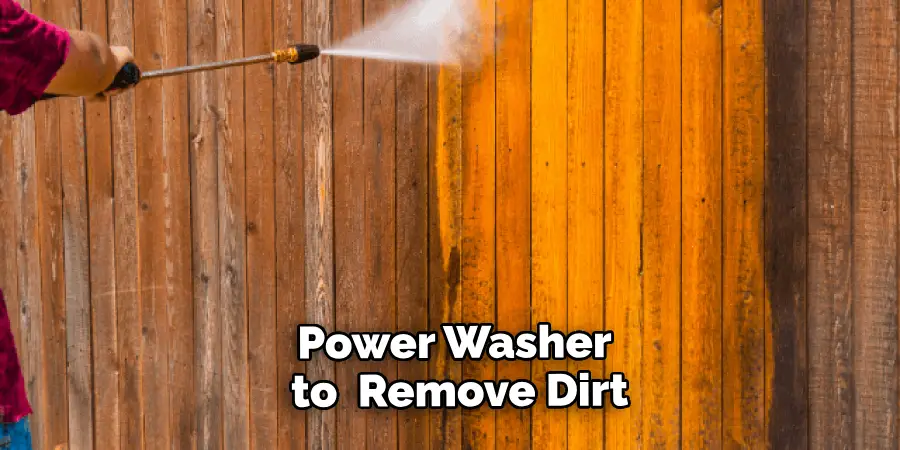
2. Sand the Fence Surface
Once your fence is dry, use sandpaper or a sander to smooth out rough patches, splinters, or wood fuzz. Sanding helps the wood fence to absorb the sealant evenly. Start with a coarse grit sandpaper and then move on to a finer grit.
3. Choose the Right Sealant
Choosing the right sealant is crucial for the longevity and appearance of your fence. There are two types of sealants available – water-based and oil-based. While water-based sealants dry faster and are less toxic, they are not as durable as oil-based ones. Oil-based sealants provide better waterproofing, UV protection, and longevity, but they emit toxic fumes and take longer to dry.
4. Apply the Sealant
Now, it’s time to apply the sealant to your wood fence. Use a brush, roller, or sprayer to apply the sealant in even strokes, going with the wood grain. Work in small sections, starting from the top and working your way down. Cover all areas, including edges, corners, and gaps.
5. Allow the Sealant to Dry
After applying the sealant, allow it to dry completely before exposing it to any moisture or sunlight. Depending on the type of sealant you choose, it can take anywhere from a few hours to a day or two to dry. Ensure it is completely dry before touching, leaning, or attaching anything to the fence.
6. Apply a Second Coat
To ensure your wood fence is well-sealed and protected from the elements, apply a second coat of sealant after the first one has dried completely. Follow the same steps as before – clean, sand, apply, and allow to dry.
7. Clean up Any Messes
After all your hard work, clean up any messes you may have made while sealing your fence. If you use a brush or roller, wash and dry them before storing them away. Any sealant that was spilled should also be wiped up immediately before it has the chance to set in.
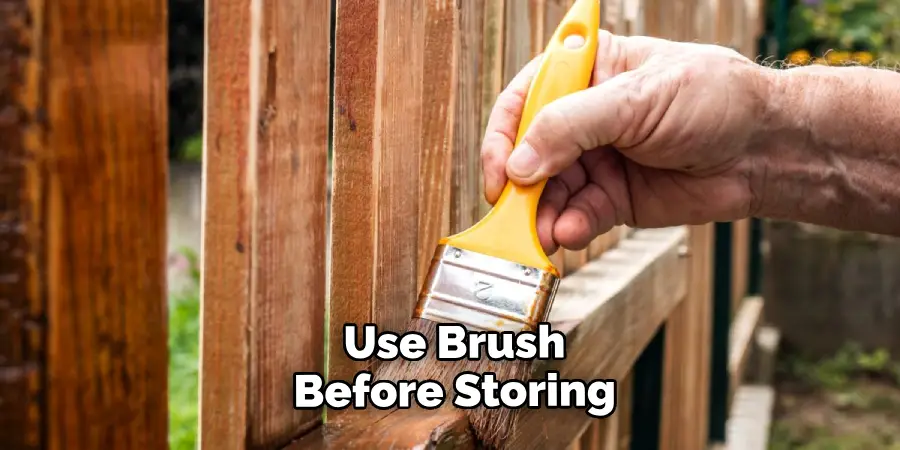
Sealing your wood fence is a great way to protect it from the elements and extend its life. By following these seven tips, you can ensure your fence is properly sealed and looks great for years to come. So don’t wait any longer – get out there and seal your fence!
5 Considerations Things When You Need to Seal Your Wood Fence
1. Wood Type
The type of wood you use for your fence is an important factor to consider when sealing it. Different types of wood require different types of sealants to protect them from the elements. Softwoods, such as pine and cedar, are more prone to rot and decay and, therefore, require a sealant specifically designed for these types of woods. Hardwoods, such as oak and walnut, are more durable and can be sealed with various sealers.
2. Sealer Type
The type of sealer you choose is also an important consideration when sealing your wood fence. Many different types of sealers are available, including oil-based, water-based, acrylics, and polyurethanes. Each type has its advantages and disadvantages, so it’s important to research the best option for your fence before purchasing.
3. Climate
The climate in which your fence is located will also play a role in determining the best sealer for your needs. In areas with high humidity levels or with frequent rain or snowfall, a water-resistant sealer should be used to protect the wood from moisture damage. In areas with dry climates, an oil-based sealer should be used to prevent cracking or splitting due to the extreme temperatures.
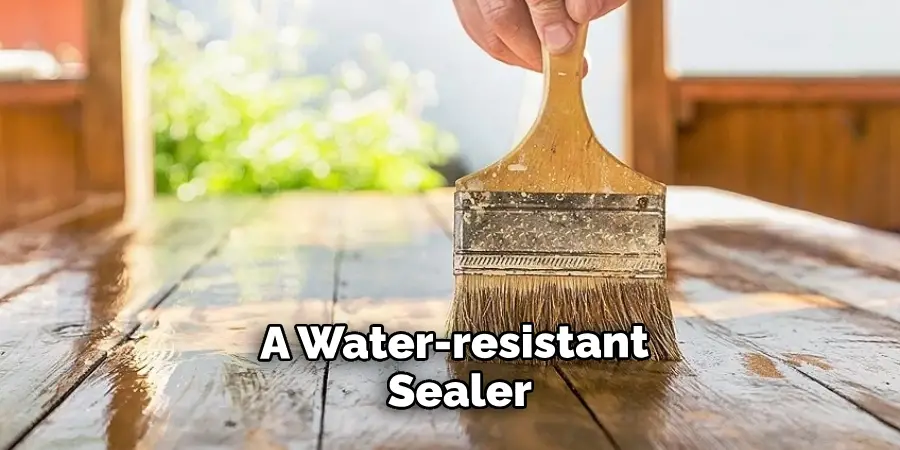
4. Application Method
Your application method when applying the sealant will also affect how well it protects your wood fence. For instance, brush-on applications provide better coverage than spray applications because they allow you to get into all the nooks and crannies that a sprayer might otherwise miss. Additionally, brush-on applications tend to last longer than spray applications since they create a thicker layer of protection on the surface of the wood fence.
5. Maintenance
Finally, it’s important to remember that even after properly sealing your wood fence, it still requires regular maintenance to keep it looking its best. Regularly cleaning off any dirt or debris accumulating on the surface will help ensure that the protective coating remains effective for years. Additionally, if you notice any signs of wear or damage on your fence, you should immediately repair it before further damage occurs.
5 Benefits of Seal Your Wood Fence
1. Increased Durability
Sealing your wood fence is an effective way to increase its durability and longevity. The sealant acts as a protective barrier against the elements, helping to prevent water damage, rot, and decay. Additionally, it can help to protect the fence from UV rays that can cause fading and discoloration over time. Sealing your fence will ensure that it remains in good condition for many years to come.
2. Improved Aesthetics
Sealing your wood fence can also improve its aesthetics by giving it a fresh new look. The sealant helps to enhance the natural beauty of the wood grain while also providing a glossy finish that will make your fence stand out in your yard or garden. Additionally, sealing your wood fence can help to hide any imperfections or blemishes on the surface of the wood, making it look new again.

3. Reduced Maintenance
Sealing your wood fence is also beneficial because it reduces the maintenance required to keep it looking great year after year. The sealant helps to protect the wood from dirt, dust, and debris, which can accumulate over time and be difficult to remove without damaging the surface of the wood. Additionally, it helps prevent mold and mildew from forming on the fence’s surface, which can be unsightly and difficult to remove without proper cleaning products or tools.
4. Pest Prevention
Sealing your wood fence is also an effective way to prevent pests from infesting it. Wood is a favorite food source for many insects, such as termites and carpenter ants, which can quickly damage a wooden structure if left unchecked. Applying a sealant will create an impenetrable barrier between these pests and your fence, helping to protect it from infestation and potential damage caused by these unwanted guests.
5. Improved Longevity
Finally, sealing your wood fence will help improve its longevity by preventing premature wear-and-tear caused by exposure to moisture and other elements, such as wind and sun exposure, that can cause cracking or warping over time if left unprotected. Additionally, the sealant will also help prevent rot and decay, which can weaken the structure of your fence over time if not treated properly. By sealing your fence, you are essentially creating a barrier between it and any potential damage that could occur due to climate conditions or other external factors.
4 Common Mistakes People Make When Trying to Seal Your Wood Fence
1. Not Cleaning the Fence
Before you start sealing your wood fence, it is important to ensure it is clean. Any dirt or debris on the fence’s surface can prevent the sealant from adhering properly. Use a pressure washer or a garden hose with a spray nozzle to clean your fence. Be sure to rinse off any soap residue after washing.
2. Not Checking for Damage
Inspecting your fence for any damage before sealing it is also important. Check for signs of rot, cracks, and warping in the wood. If you find any damage, repair it before applying sealant. This will ensure the sealant can adequately protect against moisture and other elements.
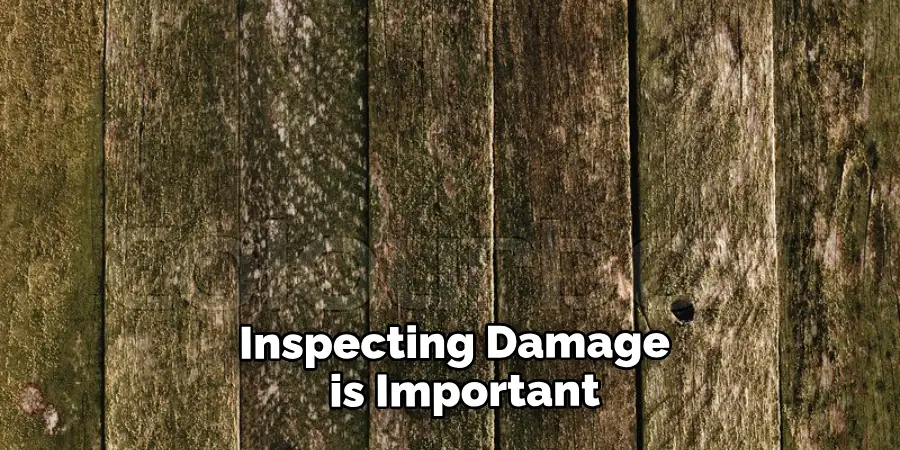
3. Applying Too Much Sealant
When applying sealant to your wood fence, be sure not to apply too much at once. This can cause pooling and dripping, leading to an uneven finish and reducing the sealant’s effectiveness as a protective layer against moisture and other elements. Instead, apply several thin coats of sealant until you have achieved an even coverage over the entire surface of the fence.
4. Not Allowing Enough Time for Drying
After applying the sealant, it is important to allow enough time for it to dry completely before using your fence again or painting over it with another color or finish. Depending on the type of sealant used and environmental conditions such as humidity and temperature, this can take anywhere from several hours up to a few days.
Conclusion
Don’t leave your wood fence exposed to the elements. Sealing it can add years to its lifespan and keep it looking vibrant and attractive. Remember to clean and sand your fence before applying the sealant; choose the right sealant for your needs, apply it carefully, and allow it to dry completely. By following these steps, you can protect your investment and enjoy your beautiful and durable wood fence for years. Thanks for reading our post about how to seal your wood fence.
About
Outdoor Fixes is a distinguished figure in the world of Diy design, with a decade of expertise creating innovative and sustainable Diy solutions.
His professional focus lies in merging traditional craftsmanship with modern manufacturing techniques,
fostering designs that are both practical and environmentally conscious. As the author of diy,
outdoorfixes delves into the art and science of outdoorfixes-making, inspiring artisans and industry professionals alike.
Education RMIT University
(Melbourne, Australia) Associate Degree in Design (Outdoor Fixes) Focus on sustainable design, industry-driven projects,
and practical craftsmanship. Gained hands-on experience with traditional and digital manufacturing tools, such as CAD and CNC software.
Nottingham Trent University
(United Kingdom) Bachelor’s in outdoorfixes.com and Product Design (Honors) Specialized in product design with a focus on blending creativity with production
techniques. Participated in industry projects, working with companies like John Lewis and Vitsoe to gain real-world insights.
Publications and Impact
In diy, Outdoor Fixes his insights on indoor design processes, materials, and strategies for efficient production.
His writing bridges the gap between artisan knowledge and modern industry needs, making it a must-read for both budding designers and seasoned professionals.

